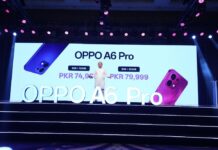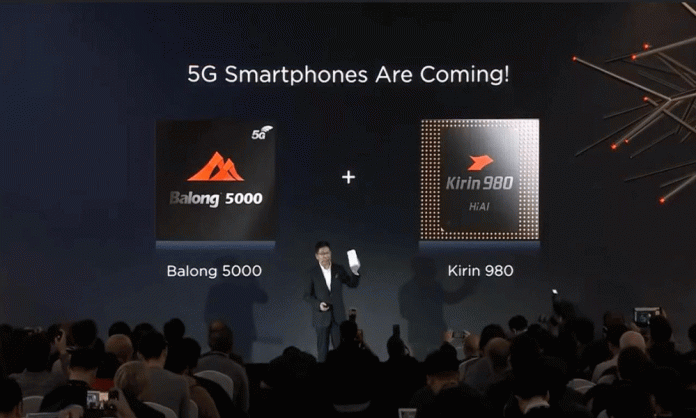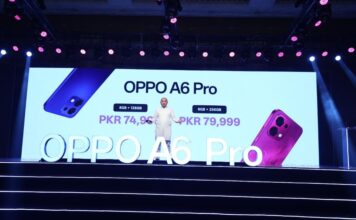Huawei in an lavish event in China last week, announced the launch of multiple types of networks fifth – generation chip: Balog 5000 ( Balog 5000 ), in addition to offering the first commercial device for the networks of the fifth generation, depends on the chip, is: «Huawei 5 JC NBA Pro» ( Huawei ‘s 5G CPE Pro ), together to deliver the fastest wireless connection in the world to your smartphone, home, office and wherever you move.
The commercial release of the Balog 5000 chip opens the era of the fifth generation networks in practice. The chipset is the beating heart of smartphones and a wide range of fifth-generation network devices, including home broadband devices, automotive communication devices, and V5 generation units. The chip is designed to give customers the experience of using V-V networks in different circumstances and contexts.
“The Balog 5000 chipset offers a completely new user experience, providing access to the high-speed communications required for large-scale intelligent systems,” said Richard Yu, Chief Executive Officer, Huawei Business Group. The Huawei 5G CPE Pro, for example, the Balong 5000, allows users to connect to wireless networks more easily, giving them unprecedented speeds for data exchange. Huawei today has an integrated portfolio of capabilities from its portfolio of chips, hardware, cloud services and networks that complement each other and take advantage of its power and leadership in the fifth generation technology to give consumers worldwide intelligent and inspiring experiences in every corner of their lives.
The Balog 5000 of Huawei, with its small size and the density of its components, supports two, three, four, and five generation networks simultaneously on a single chip. It has a low network uptime and very low energy consumption through data exchange The different types of communication networks, which in turn greatly enhance the user experience, especially in the early stages of deploying fifth-generation networks on a commercial scale.


























